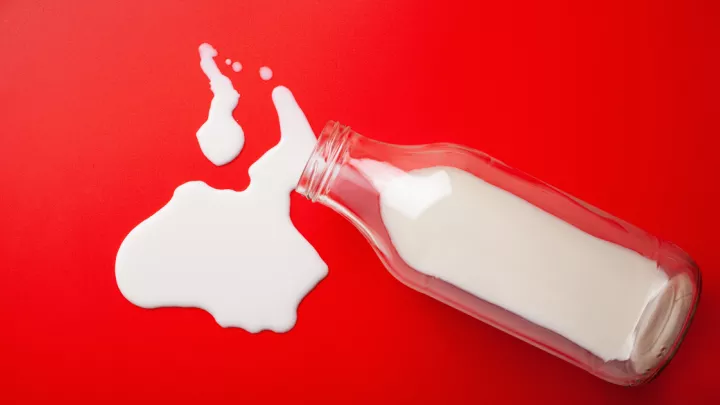You asked, we answered: Which is worse, diverticulosis or diverticulitis?

Question:
What is diverticulosis, and how is it different from diverticulitis?
Answer from colon and rectal surgeon Matthew Fuglestad, MD:
Diverticulosis is the formation of small outpouchings, called diverticula, outside the colon wall. It is very common, around 60% of people will have diverticulosis by age 60. Most people with diverticulosis have no symptoms.
Diverticulosis can progress to a more serious condition called diverticulitis. This is when the diverticula become inflamed, leading to symptoms like:
Pain in the lower left abdomen
Fever
Low energy
Low appetite
Nausea
Changes in bowel habits – having looser or no bowel movements, depending on the degree of inflammation.
Diverticulitis can be diagnosed based on history, exam findings, labs and imaging tests like CT scans. It is often treated with antibiotics in mild, uncomplicated cases. However, there are circumstance where antibiotics may not be needed. Diverticulitis can lead to complications such as:
Infection (abscess formation)
Chronic abdominal pain
Narrowing of the colon or colonic obstruction
Perforation of the colon
Colon cancer can also mimic some of the findings of diverticulitis. So, once a patient recovers from their first episode of diverticulitis, a colonoscopy may be recommended to check for colon cancer.
Factors that can increase a person’s diverticulitis risk:
Diet high in red meat
Not eating enough fiber
Smoking
High alcohol use
Low activity level
High body mass index (BMI)
In the past, diverticulitis patients were told not to eat seeds, nuts or popcorn for fear it would get stuck in the diverticula. However, these foods can actually lower a person’s risk of diverticulitis because they’re part of a high fiber diet.







